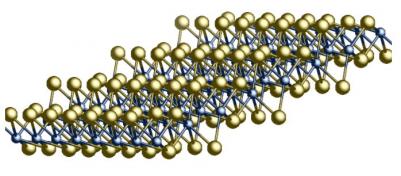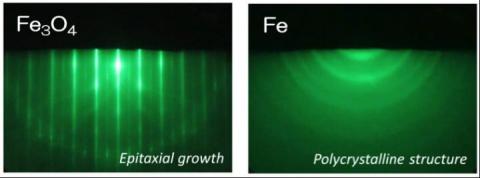Researchers synthesize a new 2D topological insulator
Researchers from Berkeley Lab and UC Berkeley synthesized a new 2D topological insulator material, called 1Tâ-WTe2. In such a material the flow of electrons is completely linked to the direction of their spin, and is limited to the edge of the material.

This material excites the scientists as they see great spintronics applications of 2D topological insulators. The researchers now aim to synthesize larger samples and find out the way to selectively adjust and emphasize particular characteristics
